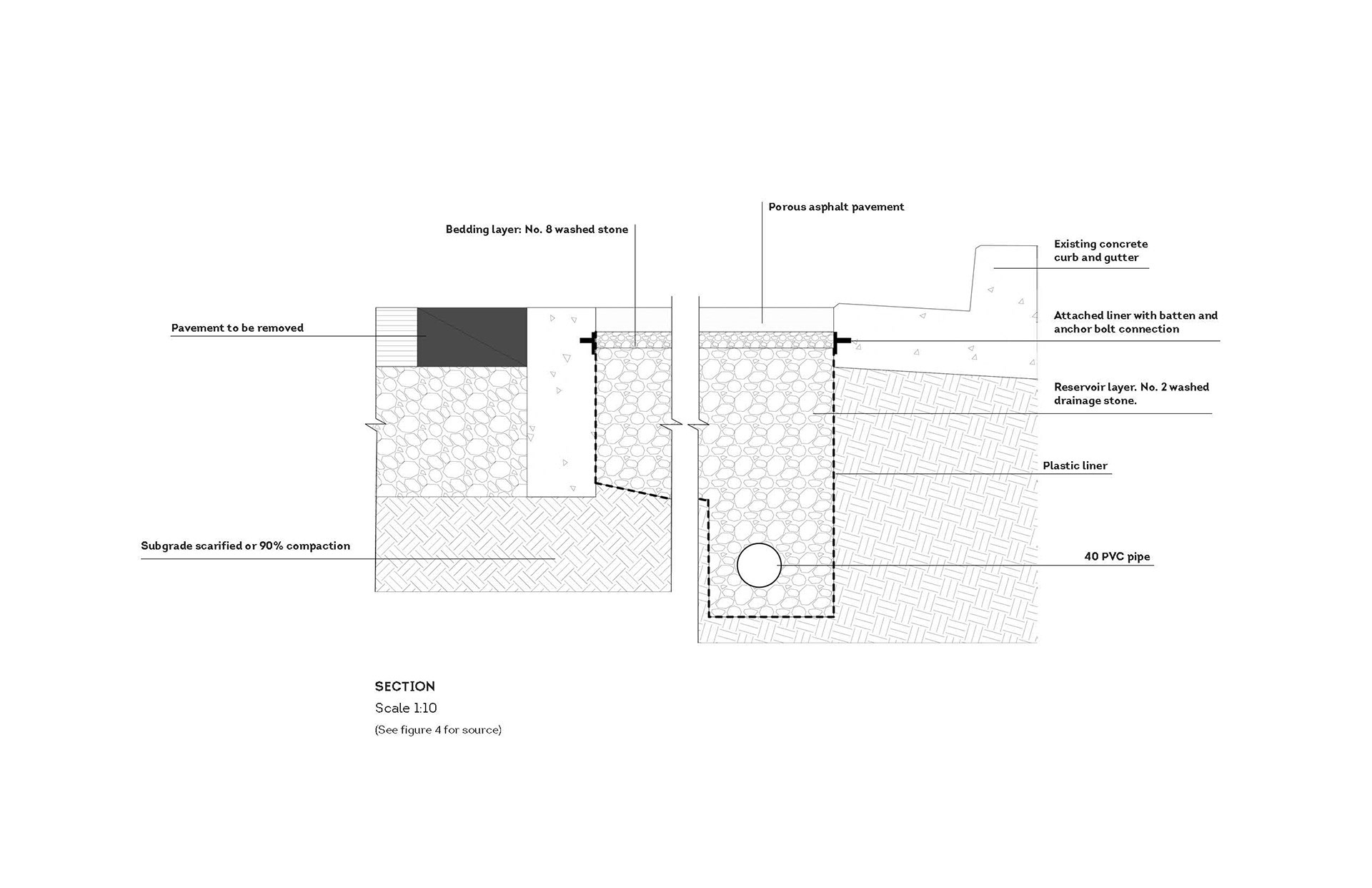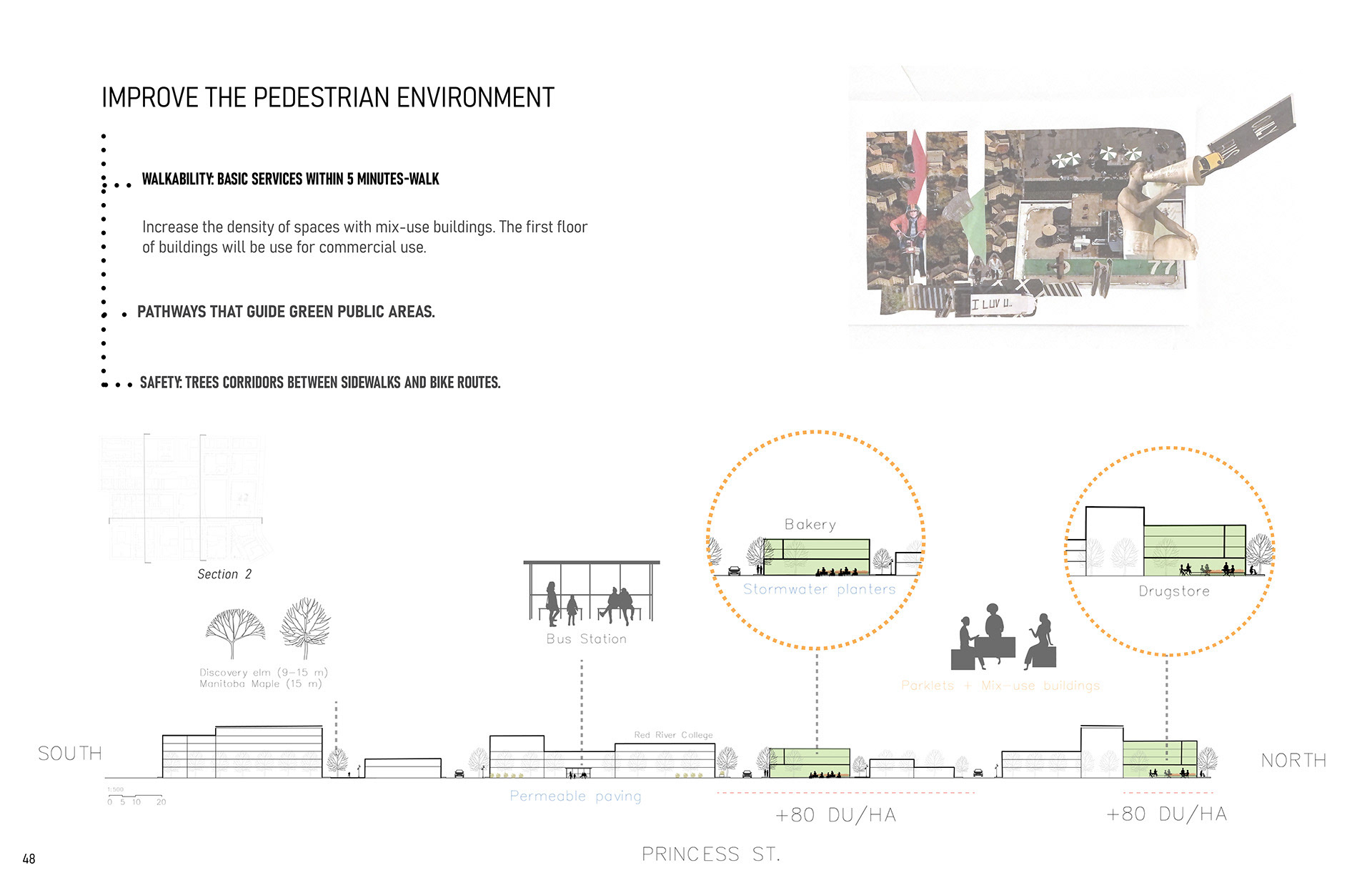I opted for Landscape + Urbanism in the final two years of my Bachelor's Degree in Environmental Design for two compelling reasons: my love for the outdoors and the belief that people with low and medium resources need more spaces to unwind. After all, we all could use a break in an open space.
Common Good
We all bear responsibility for the state of our lands, water, and biodiversity. However, some days we overlook this responsibility, fortunate to live in the Global North where services are readily accessible with a simple complaint. Yet, consider communities, both in Canada and abroad, whose water quality and living standards deteriorate daily. I find fulfillment in working on landscapes that present challenges. In a recent project, we tackled issues near the Red River, plagued by high levels of nitrogen leading to algae growth and water pollution. How can we contribute to restoration? One solution involves incorporating native plants and human stewardship
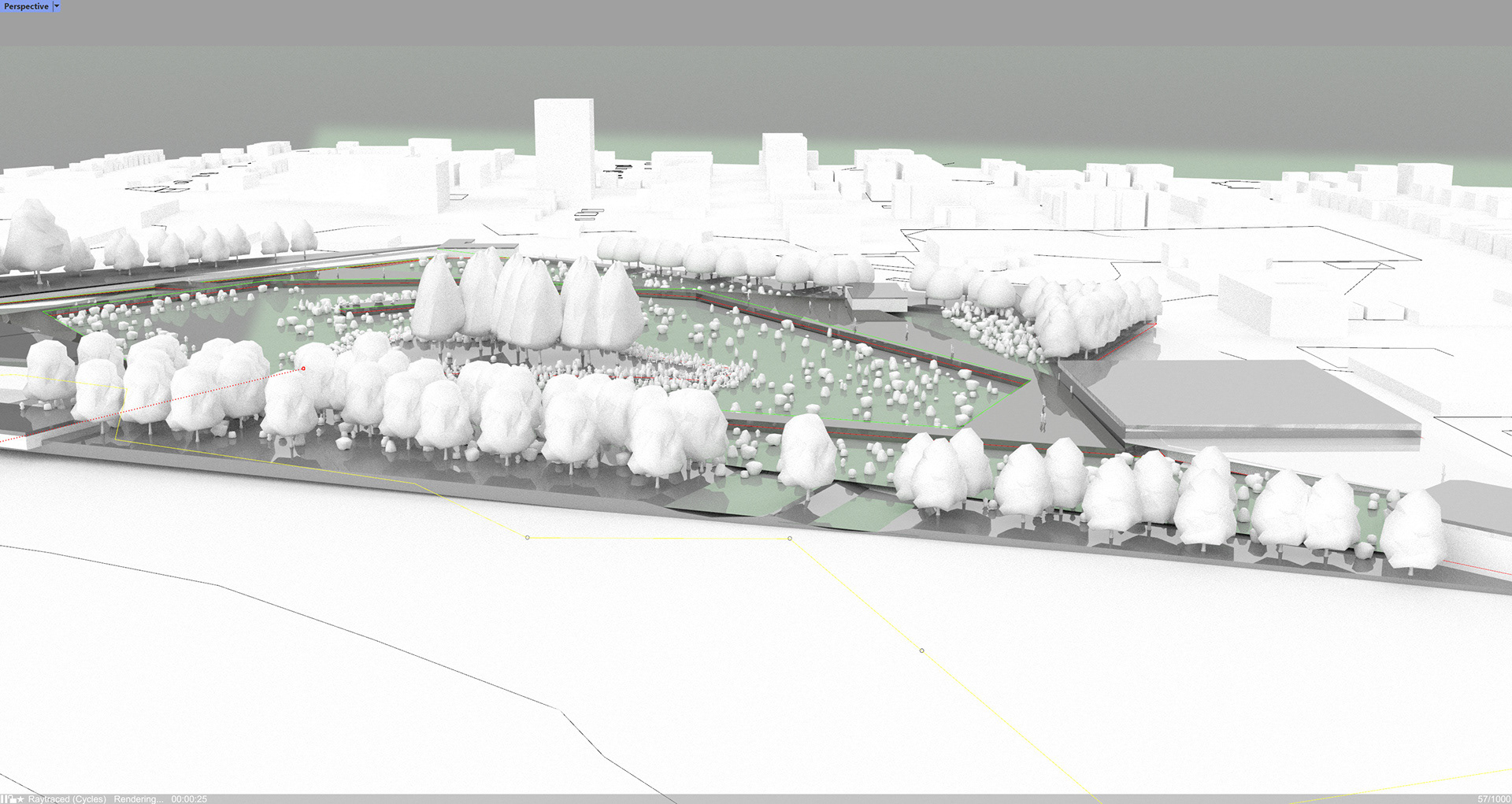
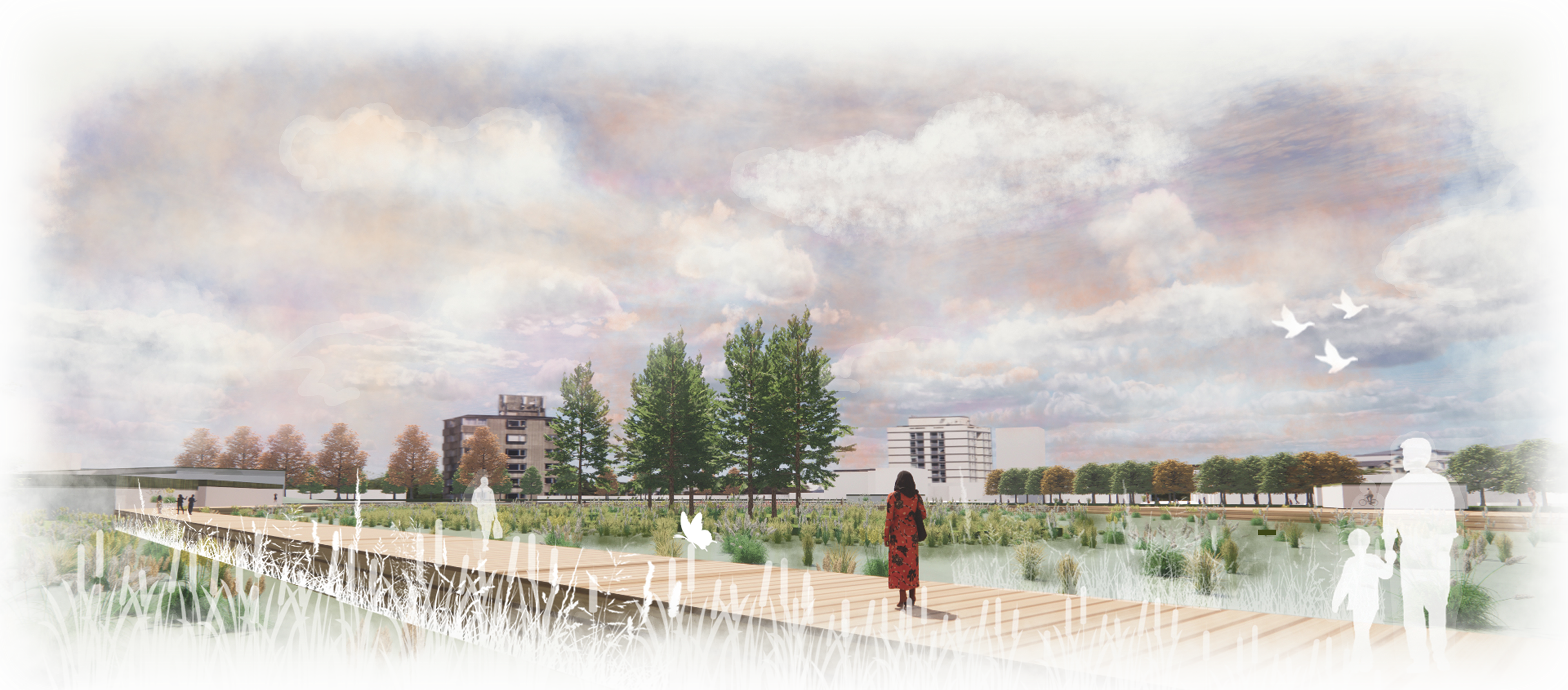
The urban fabric is alive, and we are integral to its existence. However, it has also swelled, metaphorically bleeding from the social inequalities ingrained in the design of spaces that prioritize comfort for the elites. Designing in this Baltimore project was, for me, an exploration—a means of immersing myself in their narrative and stepping into their shoes. I called upon the land to offer clues on how we could revitalize the area.
Human integrity
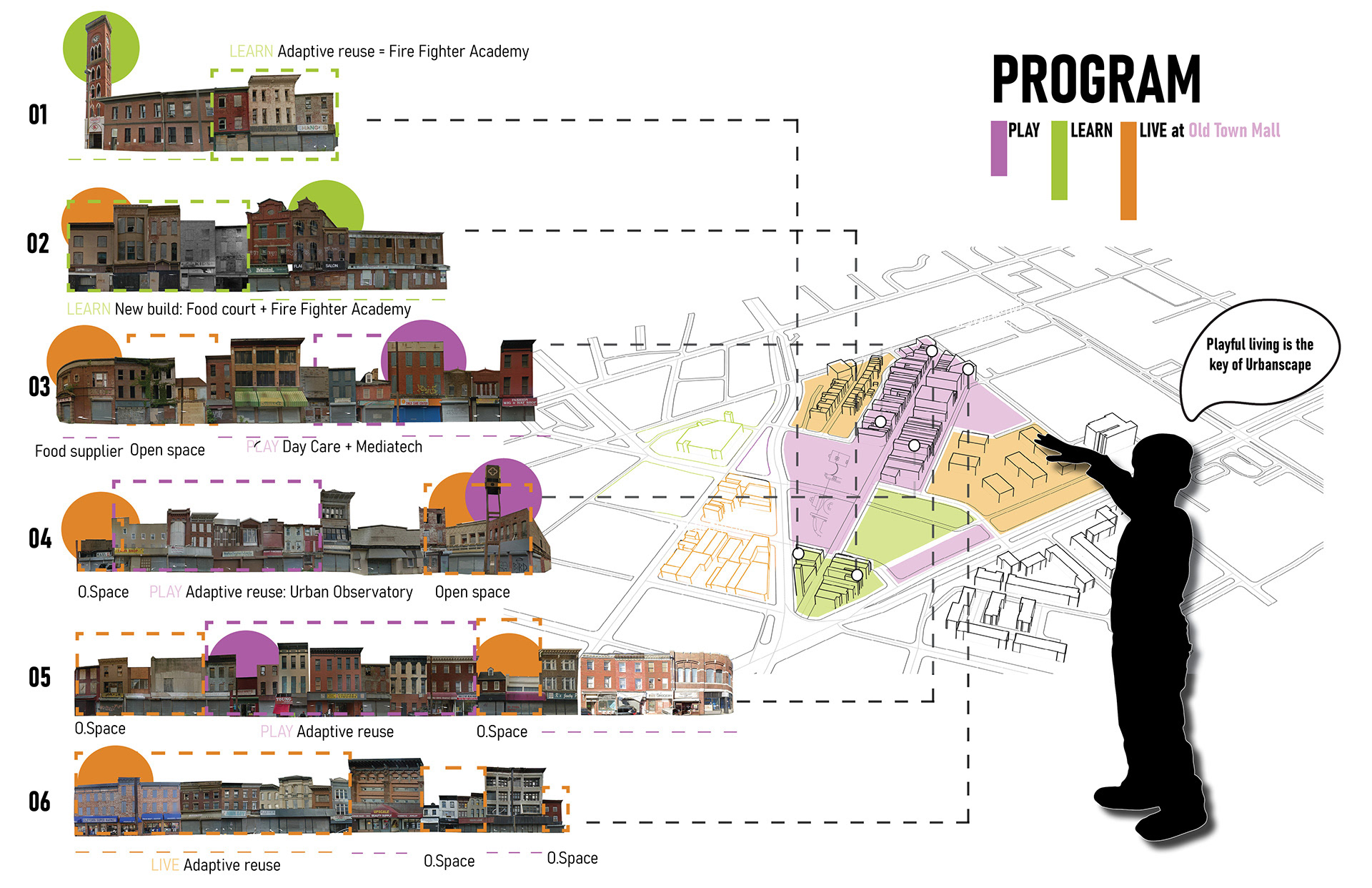
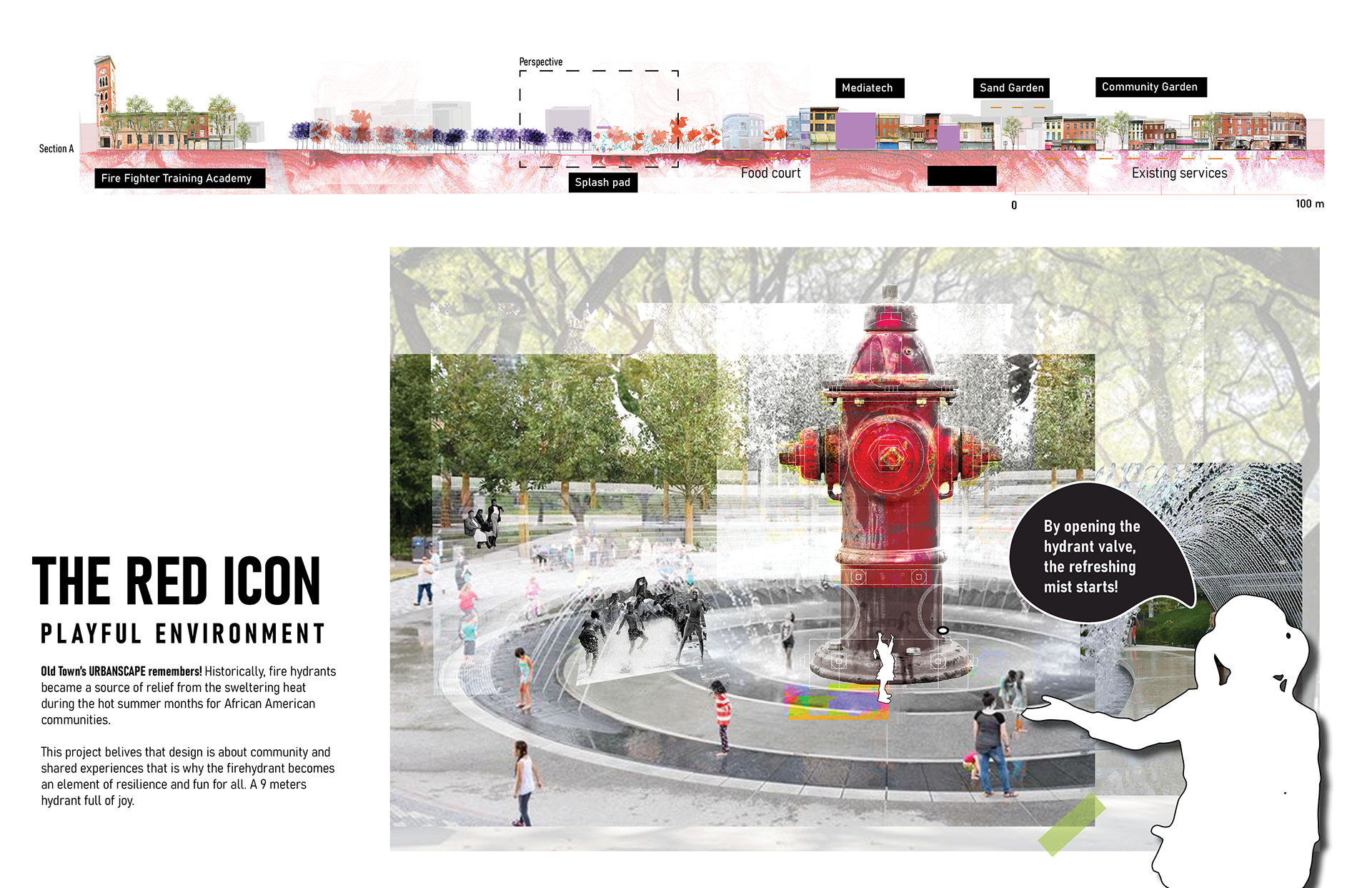
Harvesting
Landscape design is a gradual journey, as my professors used to emphasize, and I aspire to witness that firsthand. Visiting a project over time allows one to observe the natural changes and the organic design that emerges through the utilization and adaptation of the space.
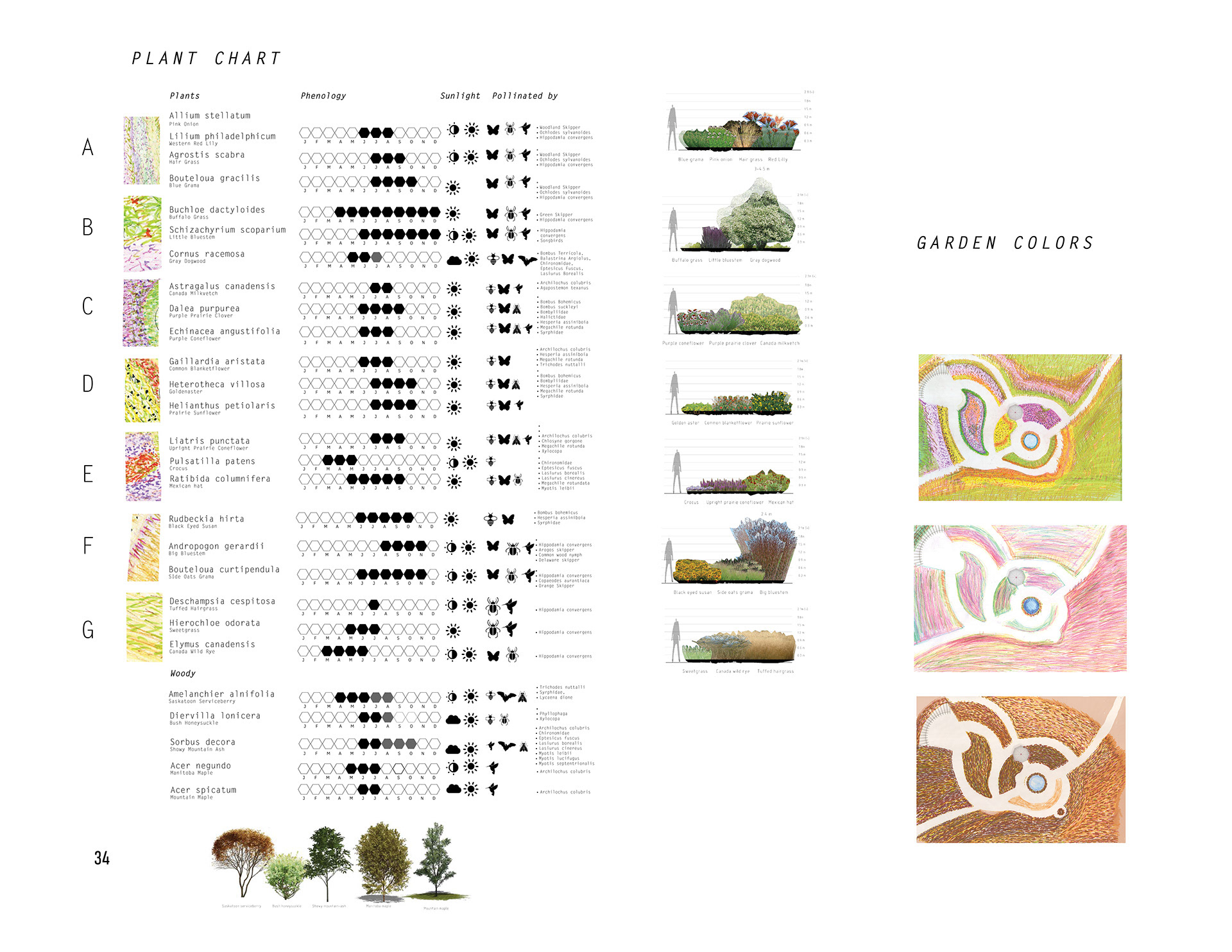
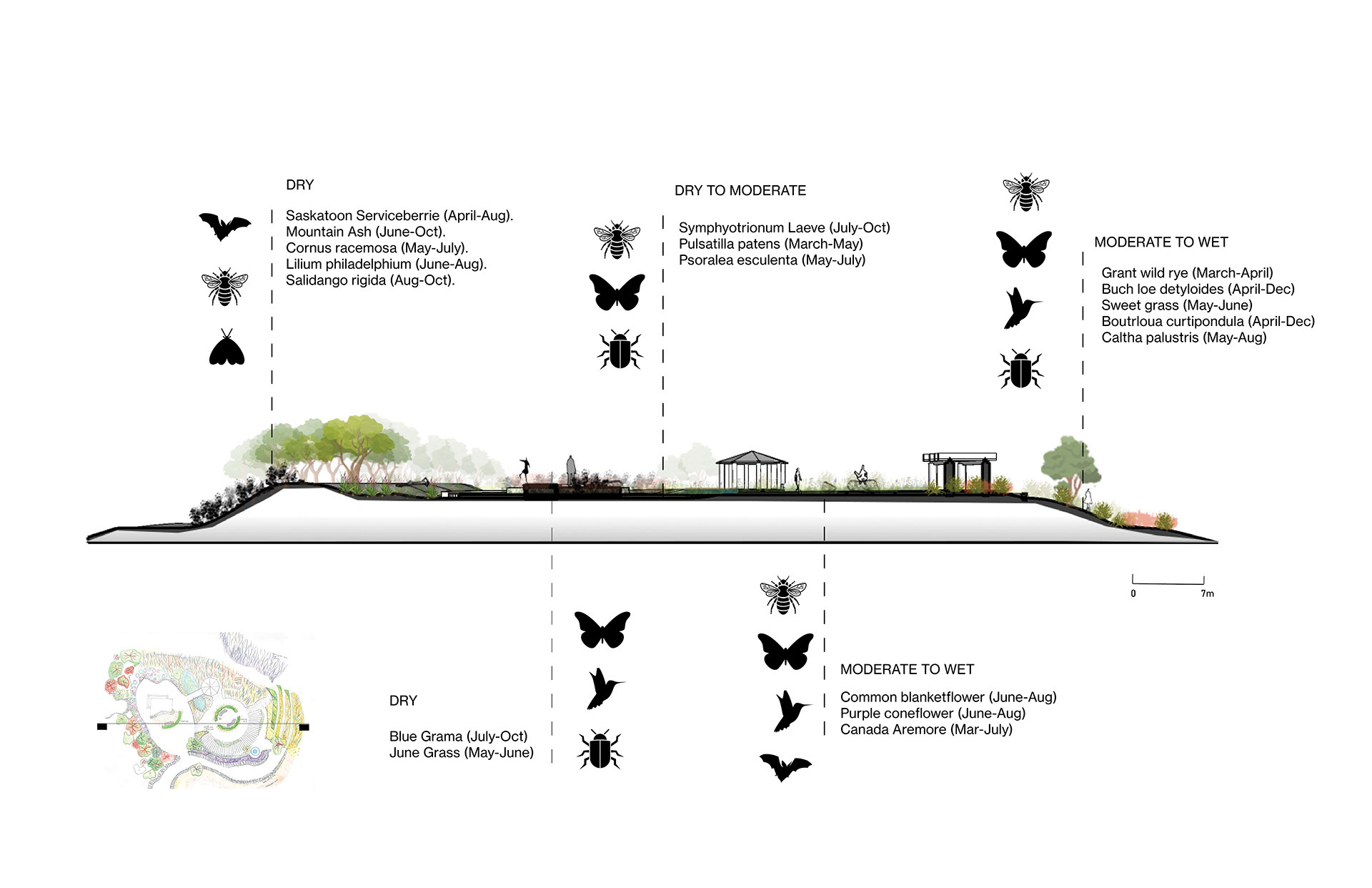
Design is a political act; it carries significant responsibilities and duties as advocates for diversity and the care of our shared environment.
Advocacy
